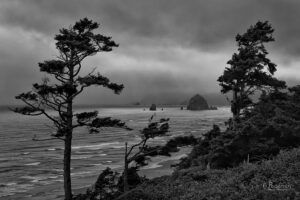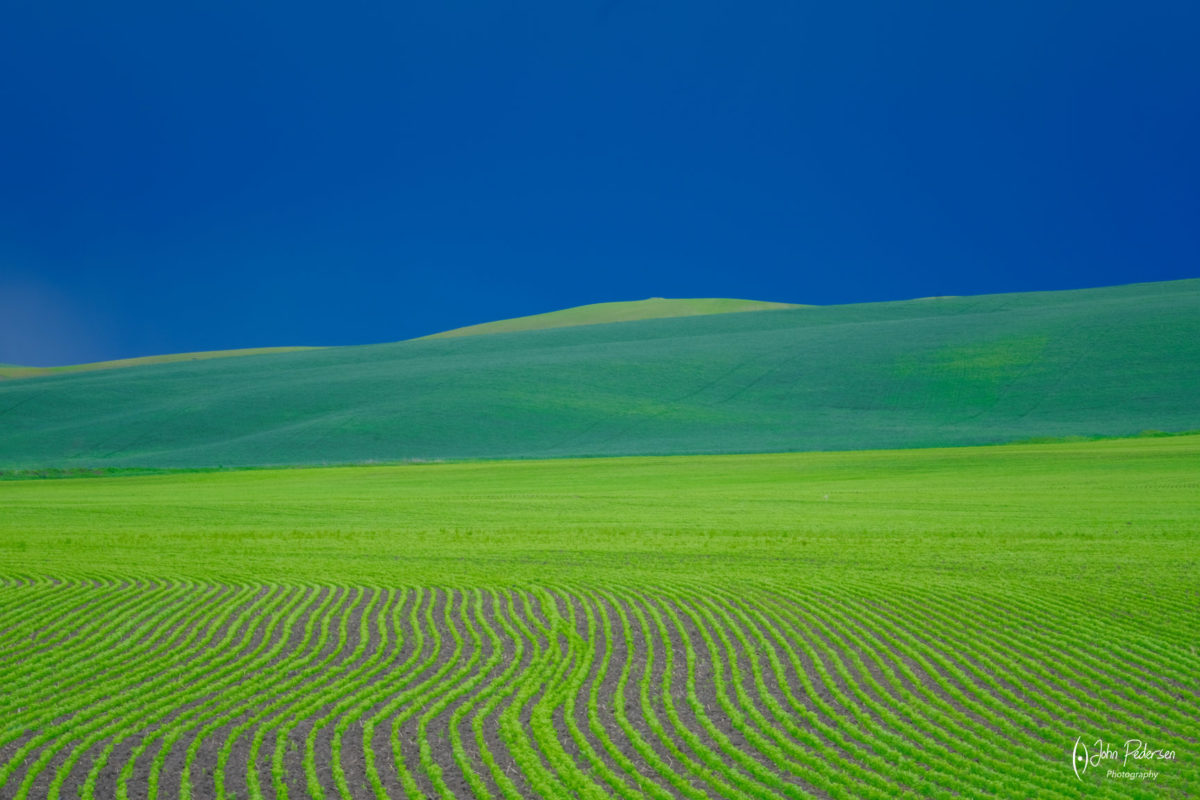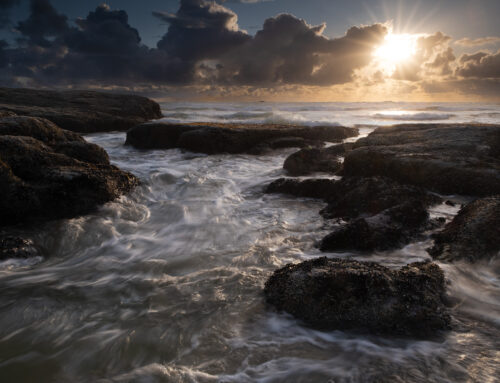For those of you know have taken a photo workshop with me, you probably have experienced the image critiques that we do during every workshop.  Hopefully you came away with the feeling that this was a valuable exercise and time well spent during the workshop. It’s very enjoyable aspect of teaching photography, especially when you see the light bulb go on over someone’s head and then they put in to practice something that I mentioned to them to improve their photography.
Hopefully you came away with the feeling that this was a valuable exercise and time well spent during the workshop. It’s very enjoyable aspect of teaching photography, especially when you see the light bulb go on over someone’s head and then they put in to practice something that I mentioned to them to improve their photography.
When I say image critiques, its more of an image review and one that is focused on the composition, not on artistic merit. We are each artists and what we like or don’t like is solely up to us, not a teacher, not someone on Facebook, etc. During these reviews I focus on the structure of the composition and provide gentle feedback about areas or elements in the image that could be improved next time. I share my opinions and it’s up to the person whether or not they want to absorb what I say and practice it in the field. I remember as a new photographer there was so much to focus on when creating an image…camera settings, the composition, maybe physical discomfort being knee deep in freezing water. Basically there was so much going on in my head that I oftentimes missed something I should have seen. Perhaps I cut off a rock with the edge of a frame. Or didn’t see a large stick protruding in to the image. Or, I didn’t have the optimal camera settings for the shot. Over the years as I have grown my artistry, I now have the luxury of having the essentials basically on autopilot and my brain can then be more fully devoted to the artistic side of the composition.
I am a continual learner and value feedback from people who’s opinion I trust. Starting out I had my peers to give me constructive feedback and then later on, I started taking a few photo workshops where the leader would often give me helpful critiques. I kept learning about photography, kept shooting and learned to slow down in the field so I could do a mini image critique before I pressed the shutter button. These days I still seek constructive feedback from my peers, just not as much as I used to. I do a lot of self-critique at home and believe me when I say I’m my own worst critic!
This topic came up for me because I started a new series on my YouTube channel doing image critiques of my images. I select a couple of images that I think might be good teaching examples and then I go through them on video explaining what I see and what I might recommend to improve them. (no, I don’t always take perfect pictures) You can see the first episode below or click on the link above.
I enjoy teaching and as a part of that, studying and critiquing images. Each time someone asks for my feedback, or doing image critiques during a workshop, I am excited at the possibilities and take the responsibility seriously to help folks grow their artistry. As a young photographer, I would spend hours looking at images from photographers that I admired, identifying things about the image I liked and things I didn’t like. This exercise helped me be more critical in the field before I pressed the shutter button and then has helped me in the digital darkroom when reviewing my images. Even to this day I spend a lot of time looking at visual art and doing a small critique in my head, noticing different areas and how I may react emotionally or intellectually to them.
 Part of this continual learning has led me down the path to study how humans visually process the world around us, in the hopes of my increased understanding may help me craft images that are more connective to the viewer on some level. Reducing visual noise in an image has been one of my pet peeves for a while now and I recently wrote a blog post about it. If we have a “quieter” image without a lot of extra “noise”, the subject and story can be more clearly discerned by the viewer, resulting in a more impactful experience.
Part of this continual learning has led me down the path to study how humans visually process the world around us, in the hopes of my increased understanding may help me craft images that are more connective to the viewer on some level. Reducing visual noise in an image has been one of my pet peeves for a while now and I recently wrote a blog post about it. If we have a “quieter” image without a lot of extra “noise”, the subject and story can be more clearly discerned by the viewer, resulting in a more impactful experience.
Let me ask you, dear reader, how much self-critique do you do? I suspect that many will answer that they do a lot, and they probably do. I don’t want to fall down the rabbit hole of “analysis paralysis”, but sometimes I ask myself if I am critical enough? Am I discerning enough, critical enough, of my images before I process and share them? Are there things that I miss during the initial critiques of my images that I then see later on? I don’t know the answer to this right now and I’m a bit wary of heading down that path. To many in my image critiques, I might come off as too discerning when it comes to cleaning up images or perfectionistic details. In my defense, I will say that there are good images and there are great images and the difference between good and great is very, very small. It’s the tiniest of details that can take something good and make it great. So, when the image is good and deserves the extra attention, I have no guilt or shame when it comes to being overly picky on the details.
As a final word, developing the knowledge and skills to critique your own, or others images, isn’t something you develop overnight. As you know, we photographers see the world differently than non-photographers and within photographers, some “see” more or deeper than others. Developing the vision to see issues or subtle nuances take practice and patience. Once you start to see at a deeper level, then developing the vocabulary to articulate what you see is another step. Then the final step is translating what you see into actionable areas in the field during capture and then in the digital darkroom. These skills and vision can be developed by anyone…it’s not the realm of “professional” photographers! Anyone can develop the knowledge, skills and vision to do fantastic image critiques. Like anything, it just takes practice.






Leave A Comment